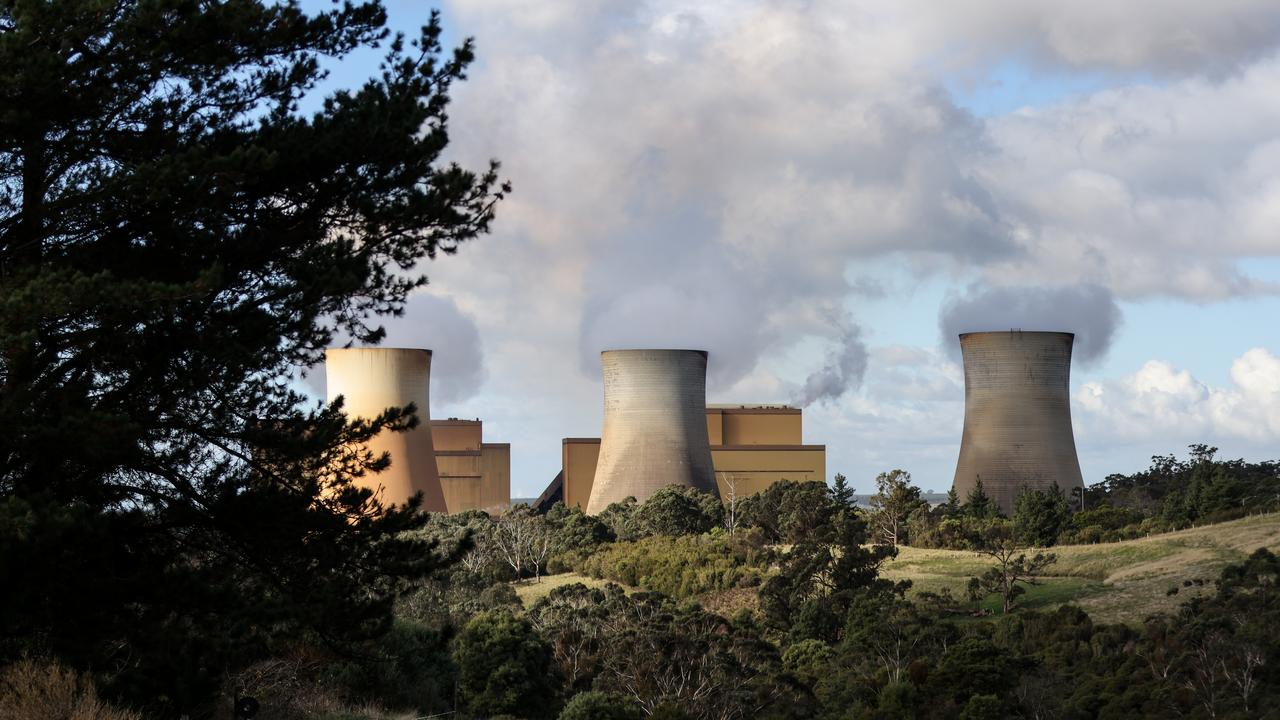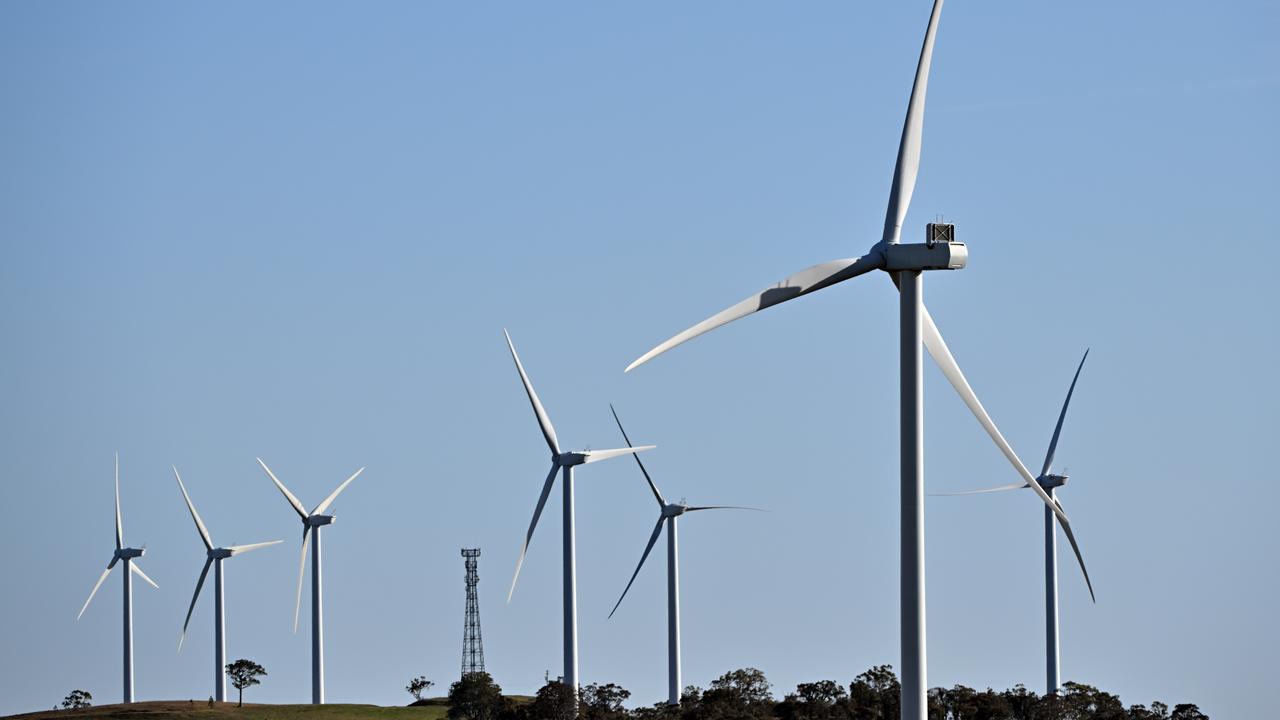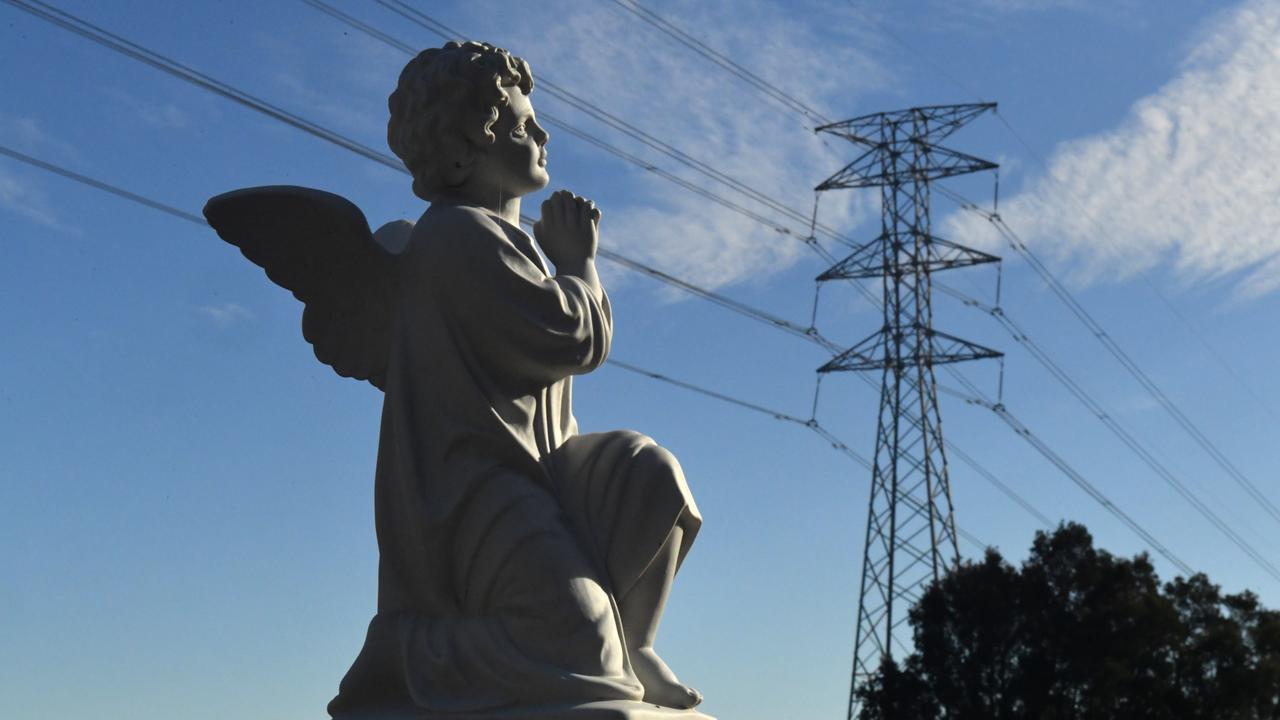Delaying coal generator retirements under the federal coalition’s plan for adding nuclear plants to the grid risks power supply shortfalls and price spikes.
Australia’s fleet of old and unreliable coal power stations, prone to outages and extra maintenance, are already causing jumps in wholesale prices.
With age comes wear and tear and technical hiccups that lowers the average availability of close-to-retirement power stations to just 66 per cent.

Patchy reliability of aging coal stations is frequently neglected in energy policy development, including in the modelling underpinning the coalition’s nuclear energy pathway, Institute for Energy Economics and Financial Analysis research suggests.
IEEFA lead analyst Johanna Bowyer said history pointed to much lower availability of coal generation than the numbers crunched for the opposition by Frontier Economics.
“This is kind of questionable whether the coal power plants can actually operate as expected,” she told AAP.
IEEFA’s analysis reveals a generation shortfall from coal of 9300 gigawatt hours per year, on average, over 2034 to 2043.
That is equivalent to the power consumption of two million households.
The findings suggest Australian households and businesses will be exposed to electricity price spikes as gas generation – already expensive and facing domestic shortages in the southeast – would likely be needed to make up the shortfall.

“You’ve got these coal outages, and you weren’t expecting them, so all of a sudden, you need all this extra gas,” Ms Bowyer said.
“Where’s that going to come from? And that could lead to spikes in the price of gas, it could lead to spikes in the price of electricity.”
An extra 49-93 petajoules of gas would need to be found each year to cover the coal reliability gap.
Under the federal coalition’s vision for Australia’s net zero energy system, seven nuclear plants would be built to eventually start producing electricity by 2035.
In the meantime, old coal power stations would need to be kept running longer than they would otherwise.
The plan differs from the Labor government’s transition blueprint targeting 82 per cent renewables in the main grid, backed by clean storage and gas.

Ms Bowyer said the findings had implications for other proposals aimed at extending the lifespans of coal power stations, such as the Queensland government delaying Callide B’s retirement beyond 2028.
Green Energy Markets director Tristan Edis, co-author of the report, said the poor reliability of aging power stations was frequently left out of the conversation.
“Proposals that extend the life of existing coal power plants need to account for the fact that such old plants are likely to be far less reliable than they used to be, but this is often neglected,” he said.
Australia’s existing coal-fired power stations will either exceed the usual retirement age or be approaching end-of-life during the 2030s.
Australian Associated Press is the beating heart of Australian news. AAP is Australia’s only independent national newswire and has been delivering accurate, reliable and fast news content to the media industry, government and corporate sector for 85 years. We keep Australia informed.





